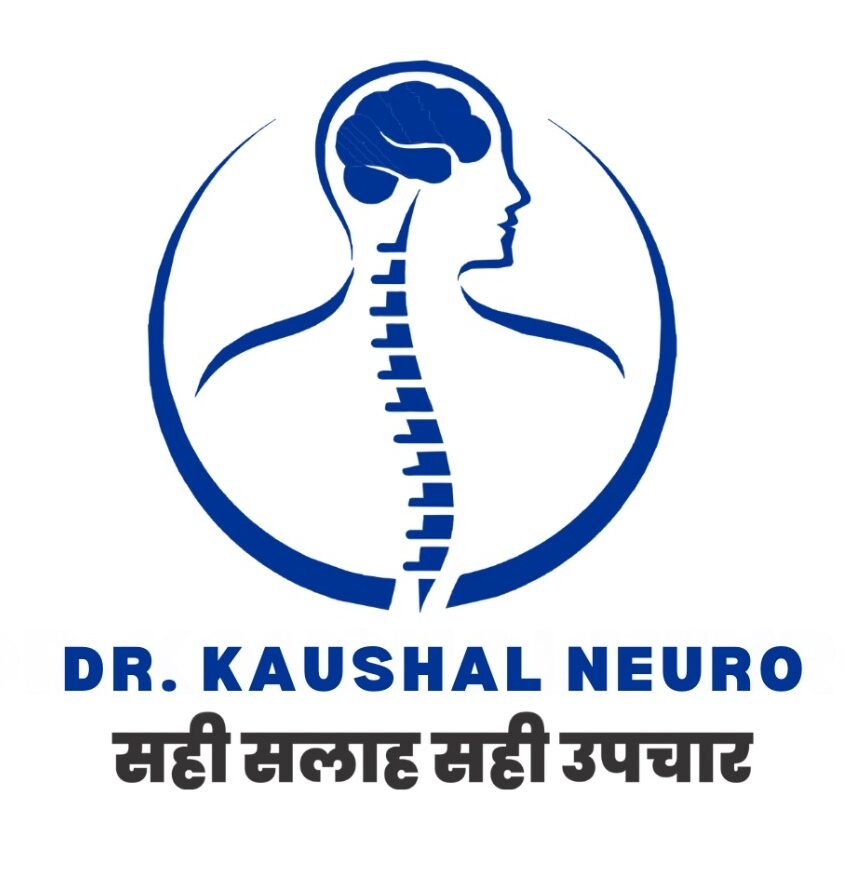Cervical spine surgery aims to alleviate neck pain, numbness, tingling, and weakness by restoring nerve function and preventing abnormal motion in the neck. The procedure involves the removal of a disc or bone, followed by the fusion of vertebrae using a bone graft, which can be either an autograft or allograft. Stabilisation with metal plates and screws may be employed if necessary, known as instrumentation. Alternatively, cervical disc replacement offers motion preservation as an alternative option.
- Cervical degenerative disc disease
- Cervical facet joint degeneration
- Cervical herniated discs
- Cervical stenosis with myelopathy
- Cervical spondylolisthesis
- Spondylosis
- Ligament ossification, such as ossified posterior longitudinal ligament (OPLL)
- Traumatic instability of the cervical spine
- Spinal tumors
Conservative treatments like physical therapy, medications, and pain management injections are explored first. Surgery is recommended when these haven't provided sufficient relief or if symptoms worsen.
Your medical history, symptoms, and pain will be discussed. You’ll undergo a physical examination and likely imaging tests like X-rays or MRIs. The surgeon will explain your diagnosis, treatment options, risks and benefits, and recovery expectations.
Surgery duration varies depending on the complexity and technique used. It can range from 1-4 hours on average.
Post-surgical pain is normal and managed with medication and pain management techniques. Dr. Singh will discuss and adjust them as needed throughout your recovery.
The timeline depends on the surgery and your recovery progress. Dr. Sing provides specific guidelines on activity restrictions and gradual return to your desired routines.
Dr. Singh’s team provides comprehensive post-surgical care, including regular checkups, pain management support, and referrals to physical therapy and rehabilitation programs.

